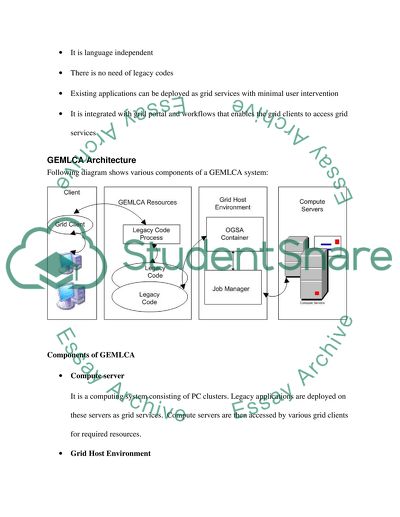Cite this document
(“Database Architecture for GEMLCA Resource Availability Research Paper”, n.d.)
Database Architecture for GEMLCA Resource Availability Research Paper. Retrieved from https://studentshare.org/information-technology/1513147-grid-computing-master-essay
Database Architecture for GEMLCA Resource Availability Research Paper. Retrieved from https://studentshare.org/information-technology/1513147-grid-computing-master-essay
(Database Architecture for GEMLCA Resource Availability Research Paper)
Database Architecture for GEMLCA Resource Availability Research Paper. https://studentshare.org/information-technology/1513147-grid-computing-master-essay.
Database Architecture for GEMLCA Resource Availability Research Paper. https://studentshare.org/information-technology/1513147-grid-computing-master-essay.
“Database Architecture for GEMLCA Resource Availability Research Paper”, n.d. https://studentshare.org/information-technology/1513147-grid-computing-master-essay.


